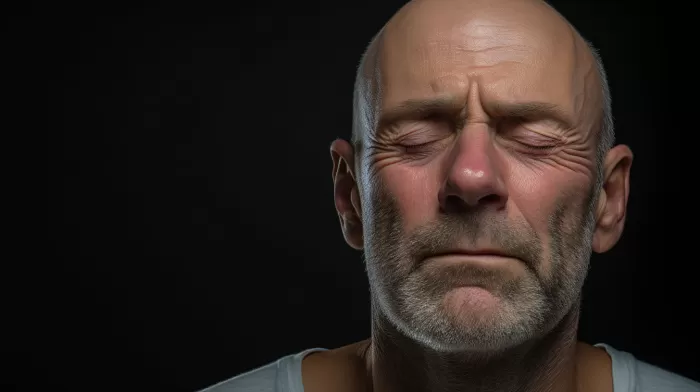Although fibromyalgia is often associated with women, men can develop the condition as well, experiencing symptoms differently than their female counterparts. Fibromyalgia is characterized by chronic pain, fatigue, sleep disturbances, memory issues, mood changes, and other symptoms that can be highly disturbing and even debilitating. The disease typically affects between 2 percent to 4 percent of the population. However, accurate figures are hard to distinguish due to missed diagnoses and misdiagnoses, especially among men.
What Is Fibromyalgia?
Fibromyalgia is diagnosed using criteria established by the American College of Rheumatology, which were revised in 2010. This criterion involves 18 trigger points located on the body that are painful when pressed. The Widespread Pain Index has now replaced this criterion, offering a more comprehensive view of the various factors associated with pain.
Studies of Fibromyalgia in Men
A study published in the Arthritis Care & Research journal explored why men reporting fibromyalgia symptoms to their doctors are less likely to receive a diagnosis. Dr. Ann Vincent, the study’s lead author and medical director of Mayo Clinic’s Fibromyalgia and Chronic Fatigue Clinic, believes that healthcare providers might not consider the diagnosis when dealing with a male patient experiencing fatigue and musculoskeletal pain.
The Mayo Clinic epidemiology study surveyed adults living in Olmsted County, Minnesota, asking if they experienced fibromyalgia symptoms. Out of 830 participants, 5.3 percent met the criteria, but only 12 had been diagnosed with fibromyalgia.
Researchers discovered the greatest discrepancy between symptom reporting and diagnosis among men, with 20 times more men reporting symptoms than being diagnosed. In comparison, three times more women reported symptoms than were diagnosed.
Other research in Pain Medicine showed differences in how men experience fibromyalgia compared to women. Women reported more intense pain, tender locations, and greater levels of depression. However, men reported a longer duration of pain and greater levels of disability. Women experienced more pain in the cervical spine, second rib, buttocks, and index finger than men. Men reported more significant pain in the neck.
Fibromyalgia and Sexual Function
As fibromyalgia involves significant pain and fatigue, it can be easily associated with erectile dysfunction. A recent study involving 37 sexually active men with fibromyalgia and 30 healthy controls used a variety of scales to determine that men with the condition had significantly lower scores on the International Index of Erectile Function.
These lower scores correlated with pain and other physical symptoms of sexual health. Researchers concluded that fibromyalgia impairs male patients’ sexual function, particularly in correlation with age, widespread pain, and quality of life.
Take-Home Message
If you or someone you know experiences symptoms of fibromyalgia and has not yet been diagnosed or found relief from symptoms, it’s essential to seek help from medical professionals with familiarity with the disease, such as rheumatologists or chronic pain specialists. Although there is no known cure for fibromyalgia, there are conventional and alternative/complementary treatment options available to manage symptoms and improve quality of life.



